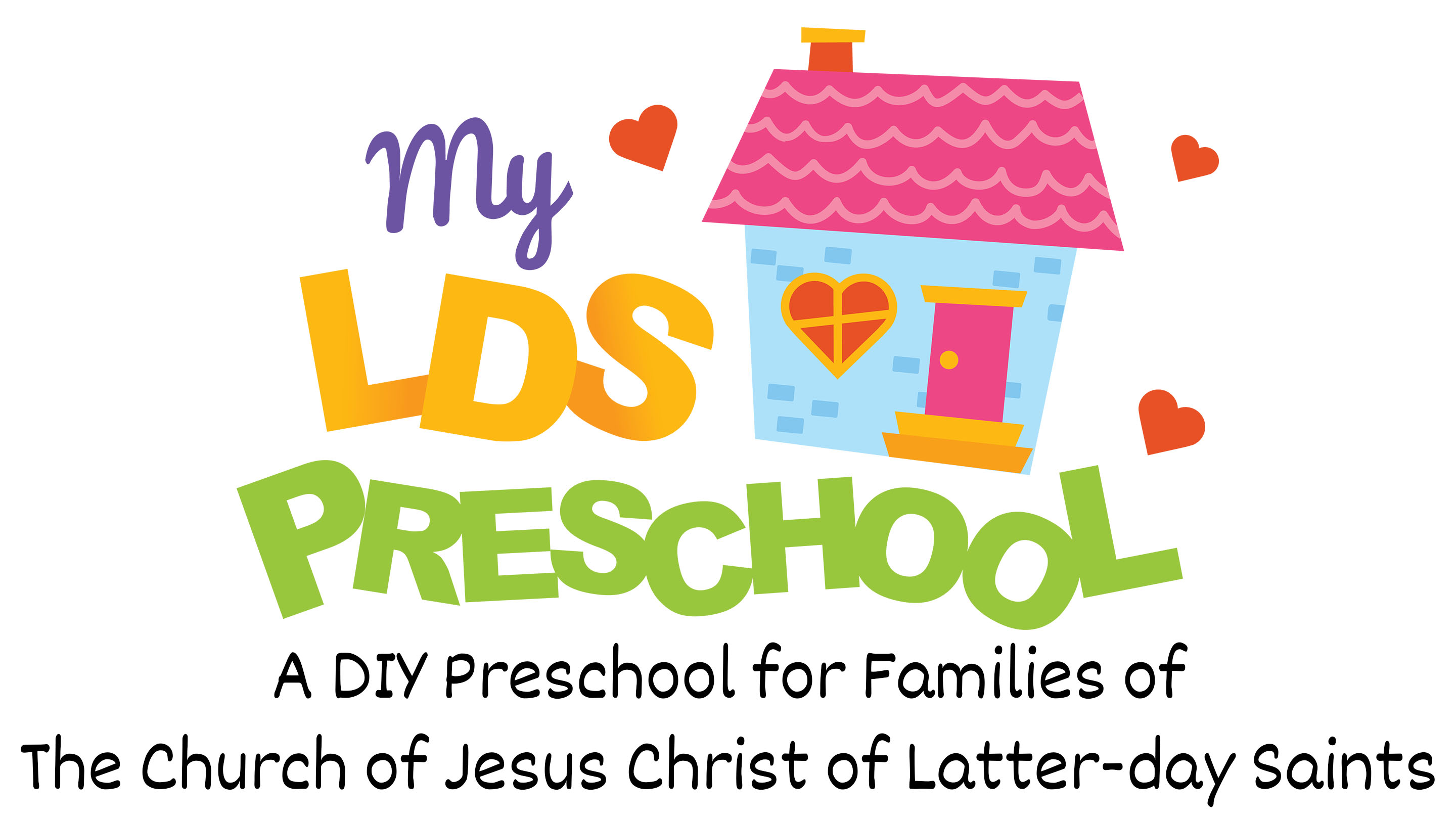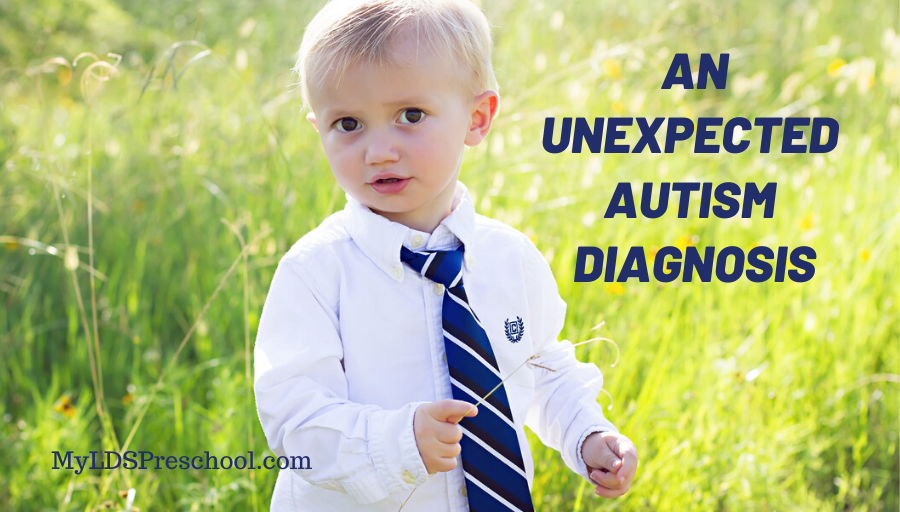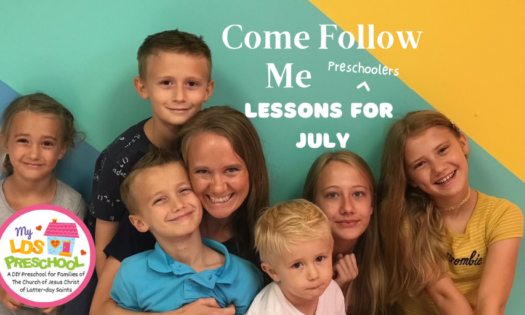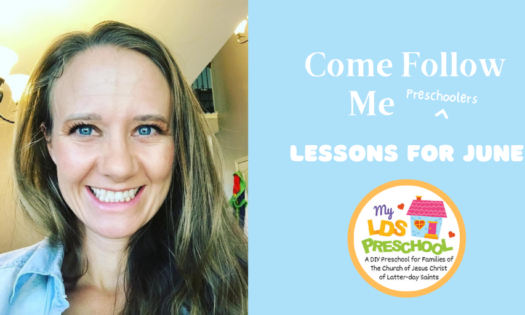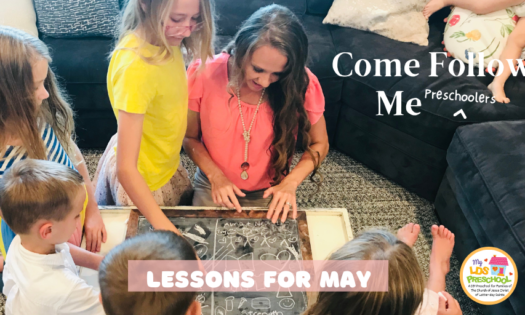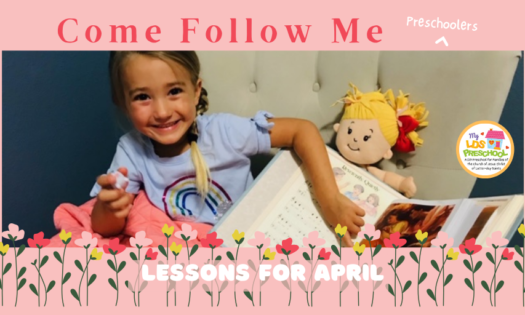The week my middle son Kai turned turned 3, I had an appointment with my school district to test his speech. I thought he might have some speech delays like his big brother (read about his speech story here). The four specialists (a diagnostician, an early childhood teacher, a speech language pathologist, and a psychologist) who participated in Kai’s evaluation ended the session by stating Kai’s speech was in the lower average range and he didn’t qualify for speech services.
I was a little surprised because Kai was a crazy handful of a toddler and I felt like some kind of intervention might be beneficial. I thanked the specialists and was ready to walk away glad that we didn’t need to start a speech therapy journey for Kai.
I couldn’t have been more floored when the specialists noted they had one more comment before I left.
My world stood still for a quiet moment when the diagnostician said her observations resulted in the diagnosis of a disability for Non-Categorical Early Childhood with a suspicion of autism.
What?! They handed me some papers noting possible intervention helps offered by the school district and we said goodbye.
I made it almost to my van as I left the meeting with my pregnant belly, a poopy one-year-old Felicity, and whining 3-year-old Kai before I started bawling. Their diagnosis felt overwhelming and I was not sure what it meant for my little Kai. I couldn’t believe that I had gone in for some help with his speech and came out with what they suspected was autism. How could it be?
Talking later with my husband, we both didn’t feel like autism was a clear diagnosis and we questioned the evaluation results.
But, I wanted to be supportive, open minded, and help Kai the best I could through doing whatever he needed, so we moved forward. The district proposed that Kai start preschool with them as part of intervention. Two possible special education classroom settings were listed in the paperwork as possibilities. I asked to observe each.
I completely adored and felt familiar in one preschool special education classroom. It was designed as a typical preschool class for children with various special early childhood needs. I pictured my Kai fitting in immediately. He could learn and thrive there.
The second special education preschool class I observed left me crying and feeling angry as it was a very intense program for severely autistic children that did not seem to apply to my child. How could they think my Kai could ever thrive there?
I was thrilled that such a wonderful program for children who need more structure, training, and intervention exists in my school district, but it obviously wasn’t the right choice for my very verbal and energetic son. I could easily envision him hating to attend school in that environment, because the placement just wasn’t right for him.
When we met for our first IEP meeting to decide Kai’s placement, the team of evaluators recommended the classroom with intense intervention for autism. They were confident it was the correct placement for him. The principal was clear that she too would like my son to attend the recommended autistic preschool class based on the paperwork.
The experts had a one hour tiny glimpse of my son during his evaluation. ONE HOUR. It was in a setting unfamiliar to him and they absolutely did not get a complete picture of him. I was floored again. I found myself in a position of disagreeing with four experts and a principal.
I shared firmly that the setting they were recommending wasn’t an appropriate fit for my child, the child that I know better than any of them. I had to support my child. I knew IN MY BONES that the recommended class wasn’t the right choice, so I let my voice be heard to support my child even though I am a very non-confrontational person. I knew that I was not simply in denial about how severe my child’s problems were. They simply didn’t know my son.
After some discussion, the principal and preschool teacher of the better fitting class agreed to let Kai try it on a trial basis. I could agree to a trial basis.
Thankfully, the teacher and Kai bonded immediately and he thrived. Beyond thrived. He loved going to school each day. A few weeks into school I was happy to hear the teacher agreed that this was a good placement when she said, “Mother knows best.” He did so well in that setting that he “graduated” to a higher level special education preschool class mixed with typically functioning peers the following year.
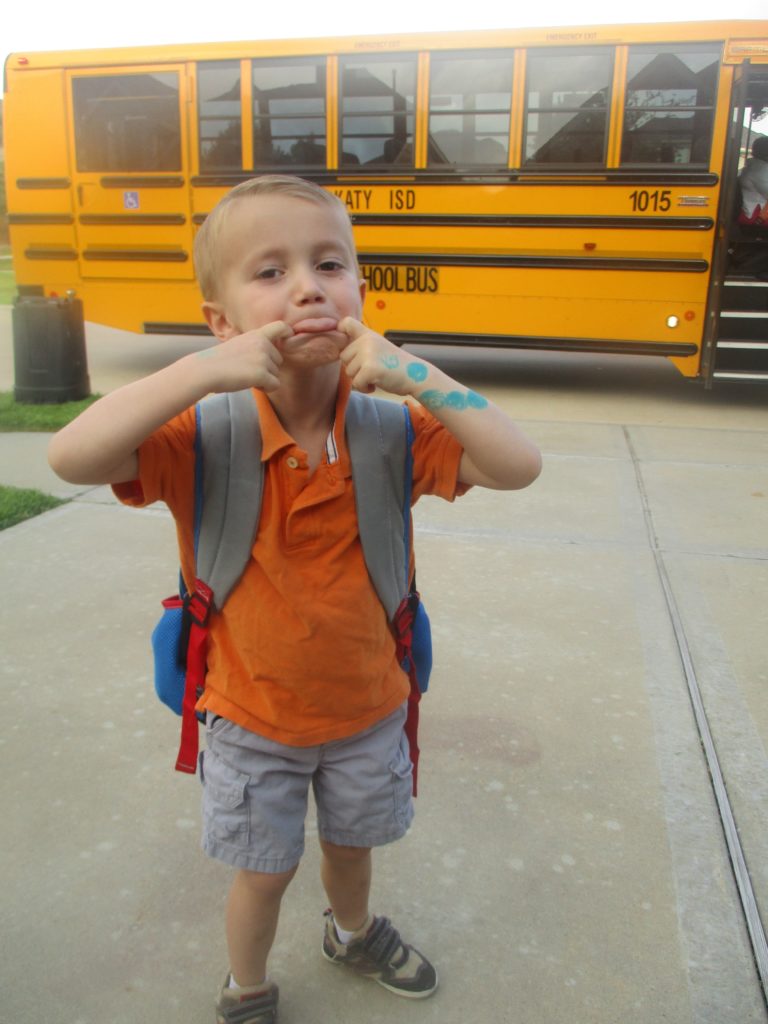
I am glad I took Kai for testing. It was a rough path, but it gave us the incredible blessing of Kai being able to attend two years of free preschool with special education teachers trained to help him with routines and behavior in a caring environment. My little Kai knew his teachers loved him and he adored going to school. He even had the fun of riding on a school bus that came right to our home. What a blessing!
I still worked with him at home supplementing what they were teaching with our preschool curriculum, but I was happy for the help in the areas of intervention he needed from experts.
This school year would have been the year Kai would have entered kindergarten, but knowing my little Kai, I knew it wasn’t Kai’s best route for this year. With his unique needs, we enrolled him in a private transition kindergarten which will work as a “bridge” to help him be more successful next year in kindergarten. Next year because of all the early intervention, he will attend REGULAR public kindergarten next year. I have hopes that he will do amazing.

In special education, they retest every three years to reexamine progress, placement and diagnosis. Will he still be diagnosed with non-categorical with a suspicion of autism? I am not sure. I strive to be open minded. I am grateful for the spirit to help guide and direct me in my efforts to raise my child, all my children. I will continue to be their advocate and I am happy to have help from professionals.
I recognize that my experience with the diagnosis of Autism is very different than many others I have interacted with. Each of our children are different and each have different needs. Had my child been different, as severely delayed as they thought, I would have done cartwheels to have the opportunity to enroll my child in the intensive classroom for autism intervention. It is a beautiful and amazing setting when needed.
My hope in sharing this message is that we recognize as moms that we all want to best support our kids. We have the power to be the voice for our little ones to help them in the ways we know are best. It is ok to let your voice be heard, especially when the spirit is prompting you to do so. Follow those promptings.
Motherhood is a wild journey and we can help one another hang on. I hope my story helps you hang on and get through whatever struggles you are going through right now with your little ones.
If you would like more information on Autism, read on.
Cindy, My LDS Preschool co-creator and speech-language pathologist shares some helpful information below.

Hi! Cindy here…
I love Heather’s story and I am so glad she decided to share it. It is so helpful to hear other’s motherhood experiences. Below you will find several things I think are important to know about Autism.
It is a spectrum disorder:
There is good reason that autism is called a spectrum disorder. Just like the spectrum of colors in the rainbow, autism looks a bit different in each person diagnosed with the disorder. A wide range of strengths and challenges ranging from mild to severe are present in all diagnosed. Genetics and environment factor into how each individual’s autism presents. All variations have impairments in the ability to communicate and interact. You may know someone with autism and you think your child is nothing like that person, it is still possible that they both still have autism. A wide variety of presentations of the disorder is possible.
Early intervention is critical:
Research shows early intervention leads to more positive outcomes. Many indicators of autism can be seen between the ages of 2 and 3, with some indicators being able to be pinpointed as early as 18 months. Let me state it again, early intervention leads to more positive outcomes. Do not be afraid of going through the process of getting help. Don’t wait. It can be overwhelming to figure everything out, but it is worth it.
If you suspect Autism or any kind of developmental delay:
Get a screening or evaluation done. These are free from birth to age 3 in Texas at your local early childhood intervention locations (in Texas it is simply called ECI, your state may have a different name, but every state has some sort of program). Therapy cost for ECI is a sliding scale based on your income here in Texas, but may be different in your state (You can read more about paying for Texas ECI here). From age 3 on, your child can be screened, tested, and receive therapy for free from your local school district. Recommendations can also be made for testing through your healthcare provider. Sometimes you will find that a pediatrician will advise a “wait and see” approach. I do not recommend waiting and seeing. I have seen too many children who could have lost precious intervention time by “waiting to see” if they outgrow concerns. Also remember, additional outside therapy from a private source can be considered if you feel your child needs more intensive therapy or supplemental therapy. The time and money you invest in early intervention will help your child get started on the right foot.
A great great resource for Autism:
Autismspeaks.org has as an amazing resource called “First Concern to Action Tool Kit.” If you would like more information. There you can find an introduction to autism, helps in understanding your child’s development, helps to talk to your health care provider and other tools and resources.
Things to know about a diagnosis of Autism:
- It is within the umbrella of several different professions to make a diagnosis of Autism. Because Autism is multifaceted, a good diagnosis will have a team of professionals from different disciplines all looking at your child’s strengths and weaknesses.
- Be aware of evaluation limitations. If the professionals cannot get a feel for your child’s typical behaviors, strengths, and weaknesses a diagnosis may not be entirely accurate. If you have an experience like Heather’s, voice your concerns about any placement or diagnosis. But first, check yourself to make sure that your are not in denial. It is hard to hear that kind of news and it is normal to take time to adjust to the idea of a hard diagnosis. As a professional who helps diagnose Autism, and as someone who had seen Kai in his home environment, it was easy to express support and validation of Heather’s gut feelings when she told me about her experience.
- Always follow the promptings and gut feelings you have about your child. If something is being recommended for your child that you do not agree with voice it respectfully. You are your child’s advocate. Sometimes what is being recommended feels like too intense of an intervention. Sometimes it does not feel like a big enough intervention. Voice your concerns. Be an active team member.
Lastly:
Don’t forget all children have strengths. Don’t ever let any kind of diagnosis keep you from seeing the beauty of your child.
Sending you lots of love in your mothering journey

P.S. Here are some resources I love from Amazon (affiliate) that I have found helpful with some of my clients with Autism.
Sensory toys of all kinds are helpful. Be sure they are age appropriate for your child.
These swings are so great!
Visual schedules give the predictability and structure that children with Autism thrive on. You can also make your own more personalized schedule.
Understanding and expressing their own feelings and recognizing others feelings is usually difficult for children with Autism
An educated parent is an empowered parent. This book is a great resource. Read as many books as you can to help you understand how to best help your child.
You may also like these recent posts:
-
Which Will Work Best for My Little One, My LDS Preschool or TotSchool?
August 11, 2022Unsure which one to purchase, TotSchool or Preschool? Here is more information to help you decide!Our Preschool and TotSchool curriculums [...]Freebie Printable-Come Follow Me Bulletin Board!
September 30, 2021Here is a freebie for you! We hope it can bless your family to stay motivated with Come Follow Me [...]Come Follow Me (Preschoolers) July 2021
July 5, 2021Hooray for summer!!! We hope you all had a great 4th of July with your family. Even though we are [...]Come Follow Me (Preschoolers) June 2021
June 7, 2021My family is learning and growing so much through Come Follow Me. Admittedly, we are not perfect at it. Things [...]Come Follow Me (Preschoolers) May 2021
April 27, 2021What is it like where you are at? Here in Texas we continue to make strides towards putting things back [...]Come Follow Me (Preschoolers) April 2021
April 5, 2021Isn’t General Conference weekend the best? Even though I can safely say that I get more out of my follow-up [...]
This page has affiliate links.
